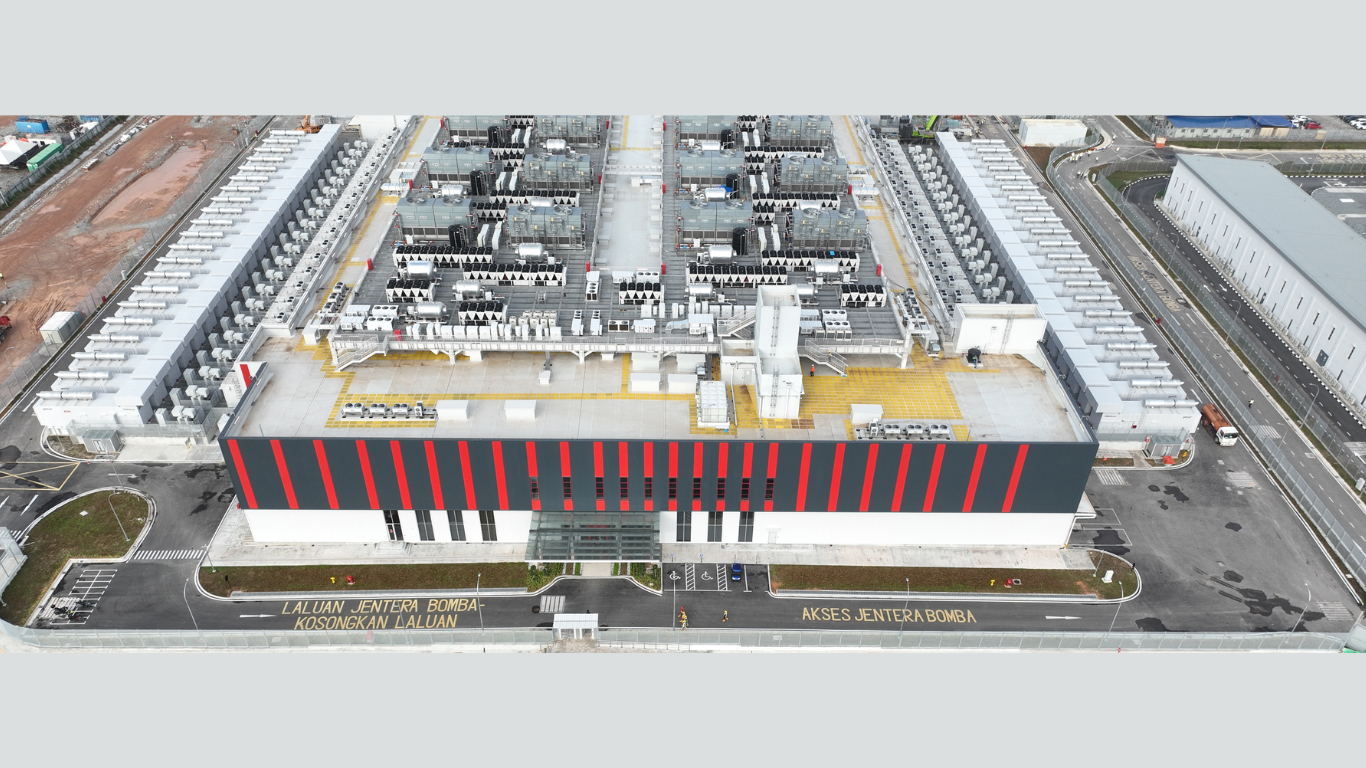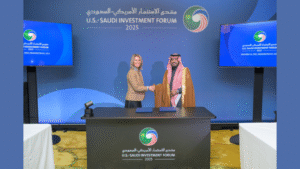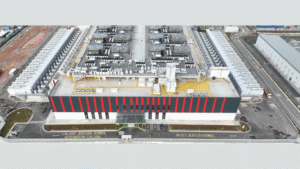When companies spend on basic research and development at the early stages, they are venturing in an area where uncertainty is permanent and not every investment may lead to success. In spite of the great possibilities of innovation, initial stages of the research and development project can be associated with trial and error, unexpected difficulties and results that are not necessarily as expected. Correct risk and failure budgeting is thus not purely a financial plan but a main constituent of conscientious innovation management. The businesses that realize and plan the downfalls at an earlier stage have more chances to maintain the flow and not to disrupt the entire goals.
Proper budgeting of a pre-clinical R&D does not mean to avoid failure, but to absorb and learn. Even the experiments that never result in a commercial outcome provide input into the overall understanding of a product, process or market. Establishing a budget that factors in these learning curves can serve to safeguard resources, team morale and continuity of the development process even when the individual contributions fail to reach their marks.
Understanding The Cost Of Uncertainty
At the initial stages of R&D the costs involved are not easily predictable since the work involved is experimental. The specification of the materials can vary, the schedules can slip and technical issues can demand further experience or instruments. These variables must be considered in formulating a R&D budget by businesses through setting aside contingency funds. They are reserves that are put aside specifically to deal with unforeseen developments or technical challenges which arise throughout the project lifecycle.
Uncertainty also applies to staffing and time investments. What seems a straightforward task on a basic level might be prolonged because of the necessity to test, validate, or audit compliance. A budget, which includes buffer time and flexible resources allocation will enable teams to shift without feeling the financial pinch. This process also avoids the stalling of the project at crucial stages that may require some extra effort in trying to find other solutions or a different course of action.
Creating Realistic Milestones And Phase Gates
Risk management can be achieved through dividing huge R&D objectives into small budgeted stages with specific control points. These milestones are technical as well as financial planning tools. Companies can ensure they do not over commit to a project phase that is yet to warrant a full funding by linking the spending to the quantifiable progress. This stage-by-stage strategy assists decision-makers to review results on a regular basis and take action in time in case a change of direction is required.
Initial milestones have to be aimed at proof of concept and technical feasibility which are usually accompanied by the increased risks of failure. More risk budget needs to be allocated to these stages to factor in course adjustments. The subsequent phases of a project can be planned, with increasing confidence, and financial control as it matures and becomes technically validated. Such a staged model provides a guarantee that the resources are invested in the areas that matter the most and are not committed to premature scaling attempts.
Leveraging External Funding And Support
Firms undertaking R&D ought to consider government programs and funding options available, which serve to mitigate the risk of the financial burden of early-stage innovation. The SRED program in Canada is used to give tax incentives to companies that perform qualified R&D activities. This may become an effective instrument of retrieving a part of salaries, materials, and subcontractor expenses, even when the project does not translate into a commercial success.
The flexibility of budgeting is possible with the existence of SRED and other programs of its kind that enable companies to be flexible when it comes to making a budget. The information that the percentage of the qualifying expenses are claimable, helps to cushion the financial outcome of the failure. To make the most of such incentives, businesses are advised to keep proper documentation and meticulous records of all technical work done so as to be eligible to participate in such incentives. Making SRED claims a part of the general R&D financial strategy can make innovation, which is risk-tolerant, more sustainable.
Promoting A Culture Of Calculated Risk-Taking
Failure budgeting is not just a financial exercise, but a cultural exercise. Organisations also need to develop a culture where groups are willing to pursue risky concepts without the fear of budget slashes or punitive consequences. Setting aside certain funds to be used on experimental projects would communicate the message that smart risk-taking is an acceptable component of the innovation process. It encourages innovation, generates talent and discoveries that otherwise would not have occurred in a more conservative environment.
Such an attitude should be coupled with effective project management and responsibility. It is important to instill in teams the spirit of reporting results positively or negatively and to give an insight on what was learnt during the failures. Such lessons can be used to better the upcoming projects and limit the repetition of errors to achieve more intelligent expenditure and better results in the long run.
Monitoring And Adjusting Throughout The Project
The budget assumptions ought to be revisited and updated as the projects develop. The experience obtained during the initial experiments can introduce new demands or possibilities that necessitate changing the funding priorities. Flexible budgeting systems enable companies to act swiftly without re- approvals which are usually disruptive and delays in making decisions. It also enhances stakeholder confidence since it demonstrates that financial planning is still responsive and based on real-time information.
Patterns in the way risk is being managed can also be established through regular financial reviews. When some areas continually button-push the budget expectations, then it might be necessary to have superior projection or a change in technique. Budget transparency is important not only to control the destiny of separate projects, but also to enhance responsible innovation sustainable within the organizational context.
Laying The Groundwork For Scalable Innovation
Risk and failure budgeting in early-stage research and development projects sets a firm foundation of scalable success. It helps to make sure that first failures do not affect long-term perspective and that good ideas do not have to die because of some unnecessary financial constraints. Firms that embrace and budget the intrinsic uncertainty of research and development are in a better place to sustainably provide groundbreaking innovation without compromising their solvency.
Businesses can transform the early-stage R&D challenge into a strategic asset through contingency funds, taking advantage of programs such as SRED and through a business culture that embraces both learning and accountability. This careful attitude towards the budget turns risk into opportunity and makes the processes of innovation resilient and purpose-driven.
Blog as received in the mail






























